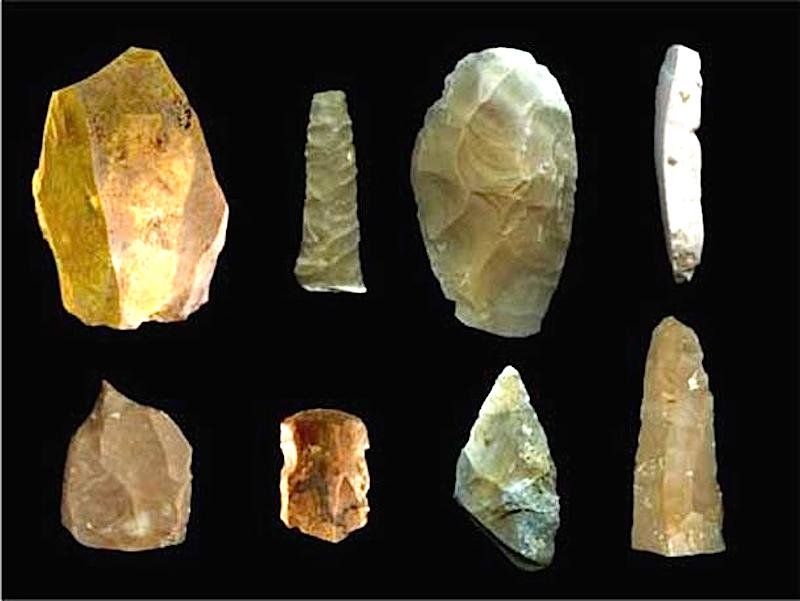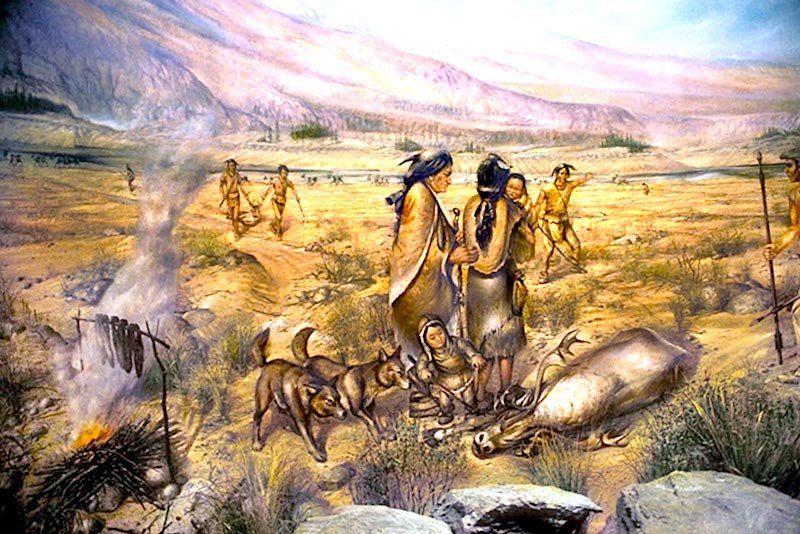According to the Western Digs , archeologists discovered the tools about half an hour north of Austin in Texas, at the site called Gault. They were located a meter deep in water-logged silty clay. The site contained more than 90 stone tools and some human remains including fragments of teeth.
The discovery changes everything people have been taught about the history of North America - that is, that the Clovis culture represented the first inhabitants of the continent. The results of the research were presented at the meeting of the Plains Anthropological Conference in 2015. According to Dr. D. Clark Wernecke, director of the Gault School of Archaeological Research:
"The most important takeaway is that people were in the New World much earlier than we used to believe. We were all taught [North America was first populated] 13,500 years ago, and it appears that people arrived 15,000 to 20,000 years ago."





Amazing this redating agrees with the archaeological findings of Dr T Hooker in his research in the Shu Nun megalithic stone jumble in Ukraine. Under neath this structure is over 60 caves and grottos dotted with pre Summeric writing. It would appear this area was the redoubt of humanity during the global flood. The first assessment of age gave 20,000 but an additional assessment gave 40,000 y ago.